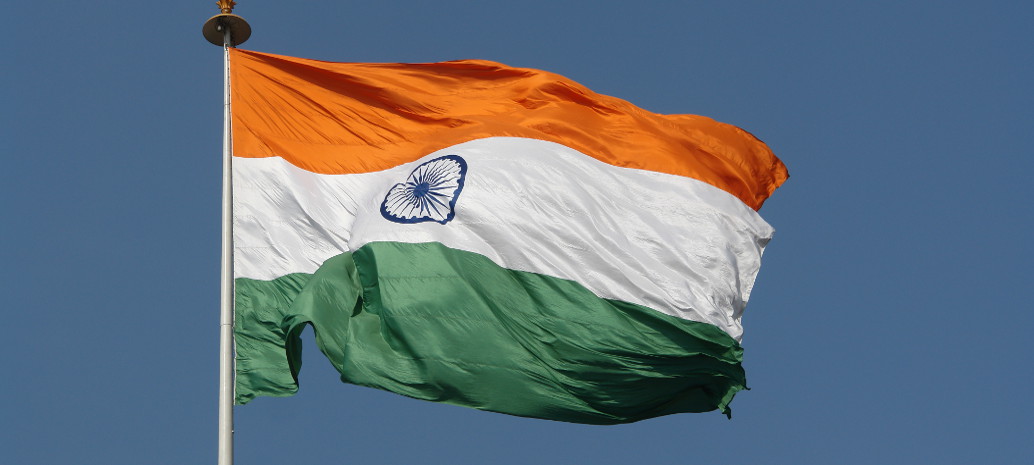“The entire solar mission will lose its objective, endangering thousands of jobs, many interdependent MSMEs catering their goods and services to this sector and finally turning these projects into NPAs (bad loans),” the SPDA said in a letter to the Commerce Secretary, who is also Chairperson of the Standing Board on Safeguards.
In January this year, the Directorate General of Safeguards (DGS) recommended imposing a 70% safeguard duty. This recommendation was recently lowered to 25% ad valorem for two years by the Directorate General of Trade Remedies (DGTR).
Thus far, the safeguard duty has not been imposed. Despite this, solar bodies, experts and key players have denounced the proposal.
Disturbing
“If the safeguard duties are implemented, the Indian module manufacturers will not be able to meet the techno-commercial demand of Indian solar developers without having any further domestic backward integration support in terms of wafer capacity, poly-silicon and ingot processing units,” renewable energy consultant, Urvish Dave told pv magazine.
“Currently, there are only about 120 domestic solar module manufacturers/assemblers in India with approximately 7.5-8 GW capacity. Most Indian manufacturing lines are semi-automatic, have average quality of assembly infrastructure and unable to supply mono PERC modules with 365+ Wp capacity with 72 cells which is now being adopted by developers,” Dave added.
Calling the proposed 25% levy on solar imports a “disturbing proposal” and a “retrograde step”, Pranav Mehta, President of the National Solar Energy Federation of India and President-elect of Global Solar Council, believes the levy will lead to price increases – whether through a ‘Pass on mechanism’ or in the forthcoming bids.
Even though the 25% safeguard duty recommended by DGTR is much lower than the earlier proposal, Gagan Vermani, Founder & CEO of Mysun, still calls it a “regressive step”, which will make existing solar projects unviable and will hinder the addition of new capacities.
Commenting on the proposed 2-year levy, Vermani says solar panel manufacturers, whether Indian or global, will not draw up investment plans on the basis a policy with merely a two-year horizon.
He believes “India is better off with a lower cost of solar energy rather than local solar manufacturing jobs for two reasons – one, a major chunk of India’s population does not have access to reliable electricity and two, the number of jobs in the solar downstream sector exceed than that in solar manufacturing.”
Ketan Mehta, Founder & CEO, Rays Power Infra, meanwhile, moots a phased out levy imposition. “A sudden imposition of duty will derail the small projects/rooftops who do not have pass-through provisions unlike SECI/NTPC PPAs. It will also impact state bids severely where projects are yet to be commissioned. Any imposition, if necessary, should happen prospectively for future projects and not for ones already signed,” Mehta told pv magazine.
This content is protected by copyright and may not be reused. If you want to cooperate with us and would like to reuse some of our content, please contact: editors@pv-magazine.com.



By submitting this form you agree to pv magazine using your data for the purposes of publishing your comment.
Your personal data will only be disclosed or otherwise transmitted to third parties for the purposes of spam filtering or if this is necessary for technical maintenance of the website. Any other transfer to third parties will not take place unless this is justified on the basis of applicable data protection regulations or if pv magazine is legally obliged to do so.
You may revoke this consent at any time with effect for the future, in which case your personal data will be deleted immediately. Otherwise, your data will be deleted if pv magazine has processed your request or the purpose of data storage is fulfilled.
Further information on data privacy can be found in our Data Protection Policy.